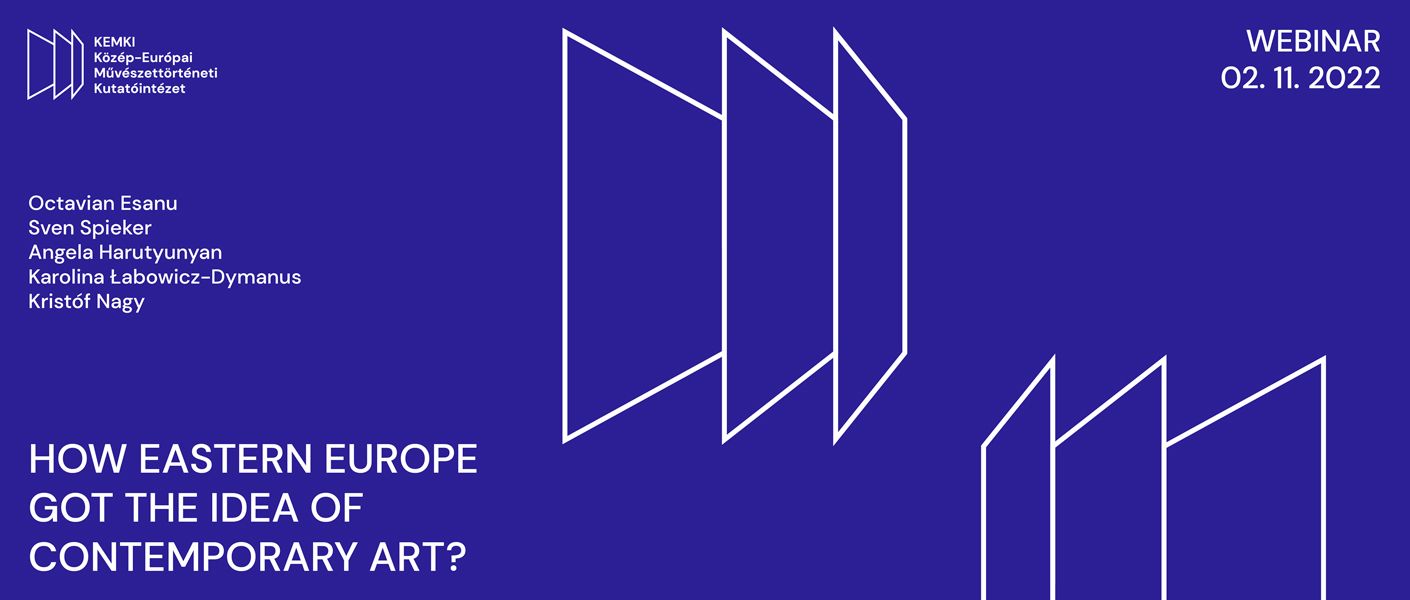How Eastern Europe got the Idea of Contemporary Art?
Webinar
How did contemporary art and the postsocialist transition come together? How did artistic trends relate to the political-economic transformations in the Eastern Bloc? This webinar aims to answer these questions by placing Octavian Esanu’s new volume, The postsocialist contemporary, into the focus. By discussing Esanu’s account of the role of the Soros Centers for Contemporary Art, which mushroomed in the ex-socialist countries throughout the 1990s, the webinar offers not only a historical but also a critical angle to the ideological, economic, and artist transfigurations of postsocialism. The conversation around the SCCA network, or Sorosart, also leads to questions regarding the impact of the postsocialist contemporary on global art, and/or the broader institutionalization of art in the aftermath of 1989.
This event – organized by the Central European Research Institute for Art History (KEMKI) of the Museum of Fine Arts Budapest – is part of these institutions’ ongoing research into the art of the 1980s. The first Soros Art Center in the region was established in Budapest in the mid-1980s, which makes Hungary a great place to begin unraveling the local, regional and global implications of the artistic and ideological transformations in the last decades of the 20th century.
PARTICIPANTS IN THE WEBINAR:
- Octavian Esanu (American University of Beirut, ARTMargins)
- Angela Harutyunyan (American University of Beirut, ARTMargins)
- Sven Spieker (UC Santa Barbara, ARTMargins)
- Karolina Łabowicz-Dymanus (Polish Academy of Sciences, The Institute of Art)
- Kristóf Nagy (KEMKI)
Octaviann Esanu’s book The postsocialist contemporary: The institutionalization of artistic practice in Eastern Europe after 1989 came out with Manchester University Press in November 2021.
